If you’re looking to boost your garden’s health without harsh chemicals, Epsom salt is a secret weapon.
Packed with magnesium and sulfur, it can improve everything from seed germination to pest resilience.
Let’s dive into 15 powerful ways this humble pantry staple can help your plants thrive and produce their best yield yet.
1. Improves Seed Germination
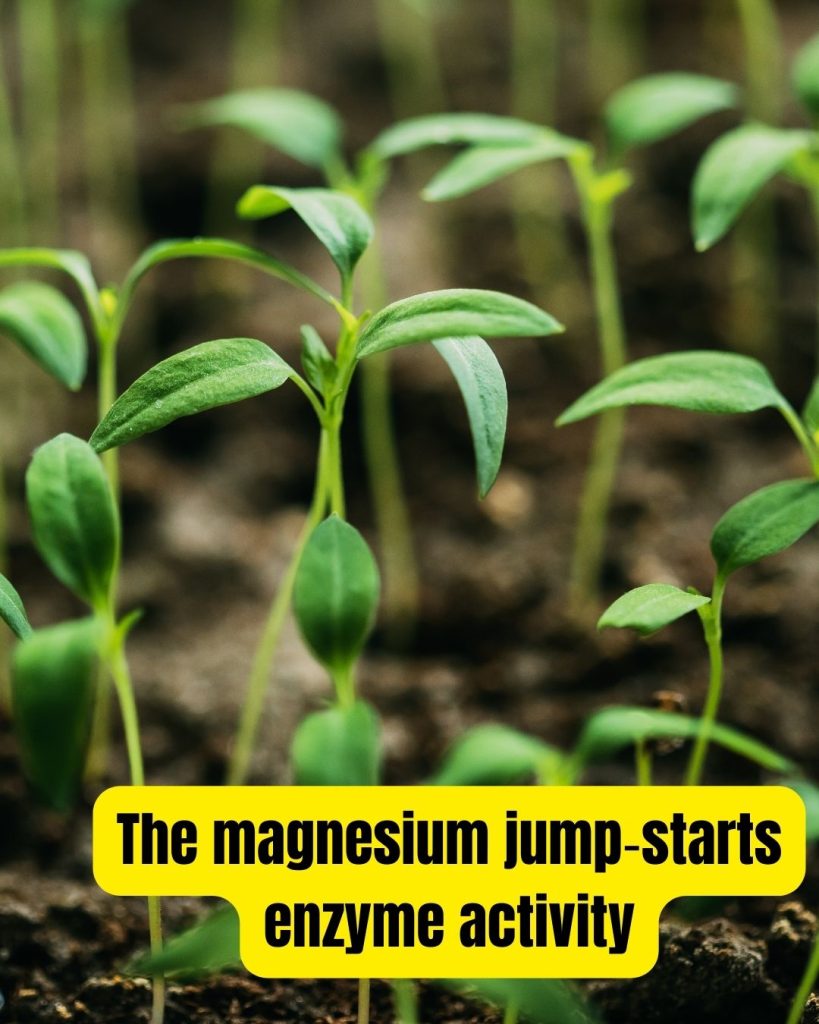
Epsom salt helps young seedlings break out of their shells more easily.
The magnesium jump‑starts enzyme activity that’s crucial for strong sprouts.
Seed germination relies on moisture, nutrients, and the right pH balance.
Adding a little Epsom salt gives seeds the extra push they need to crack open and grow.
How to Apply
- Dissolve 1 teaspoon of Epsom salt per quart of water.
- Soak seeds for 6–8 hours before planting.
- Plant as usual, keeping soil evenly moist.
Regularly treated seeds often sprout faster and more uniformly.
2. Enhances Nutrient Uptake
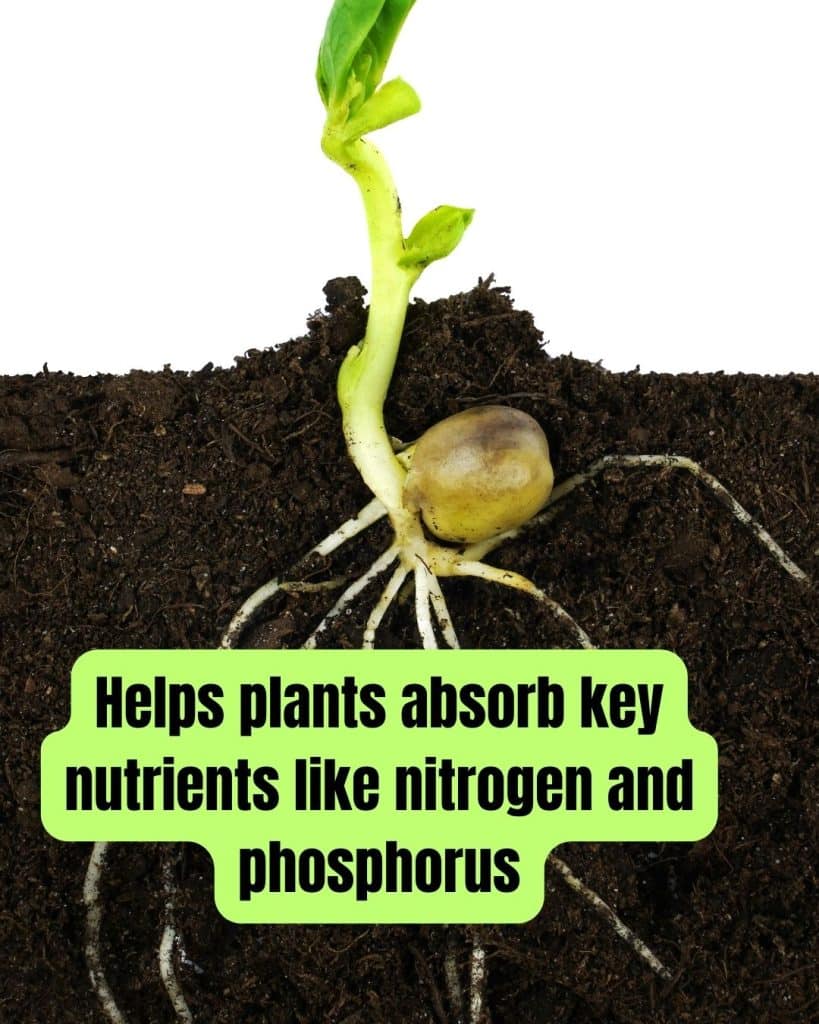
Magnesium in Epsom salt helps plants absorb key nutrients like nitrogen and phosphorus.
This makes fertilizers and compost work more effectively in the root zone.
When roots can access more nutrients, plants develop sturdier stems and richer foliage.
You’ll notice leaves that look greener and fuller within weeks.
How to Apply
- Mix 1 tablespoon of Epsom salt into each plant’s planting hole.
- Top-dress existing beds with 2 tablespoons per square foot.
- Water thoroughly after application.
Better nutrient uptake means healthier, more vigorous growth all season long.
3. Boosts Flowering and Fruiting
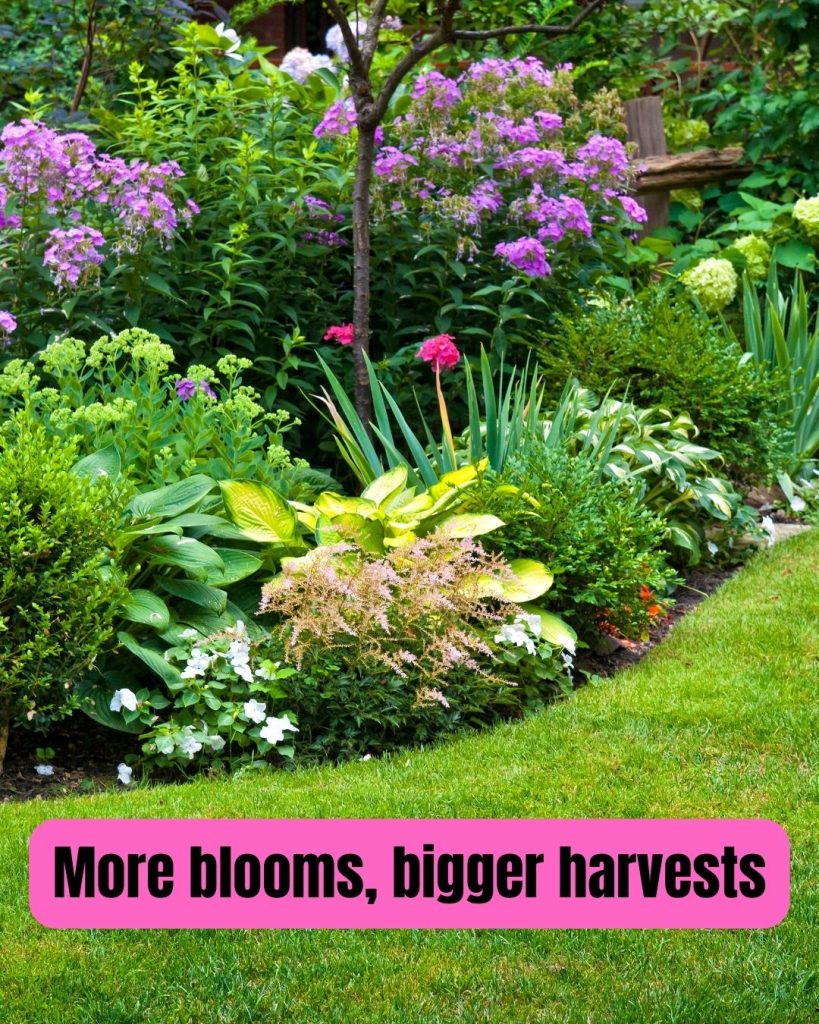
A quick Epsom salt treatment can lead to more blooms and bigger harvests.
I remember last summer when my pepper plants produced twice as many fruits after a single foliar spray.
By supplying extra magnesium, Epsom salt fuels the photosynthesis process that powers flower and fruit development.
More energy translates directly into brighter blossoms and juicier veggies.
How to Apply
- Dissolve 2 tablespoons per gallon of water.
- Spray buds and foliage every 2–3 weeks.
- Apply in the morning for best absorption.
You’ll be amazed at how many more tomatoes or blooms show up on treated plants.
4. Promotes Chlorophyll Production
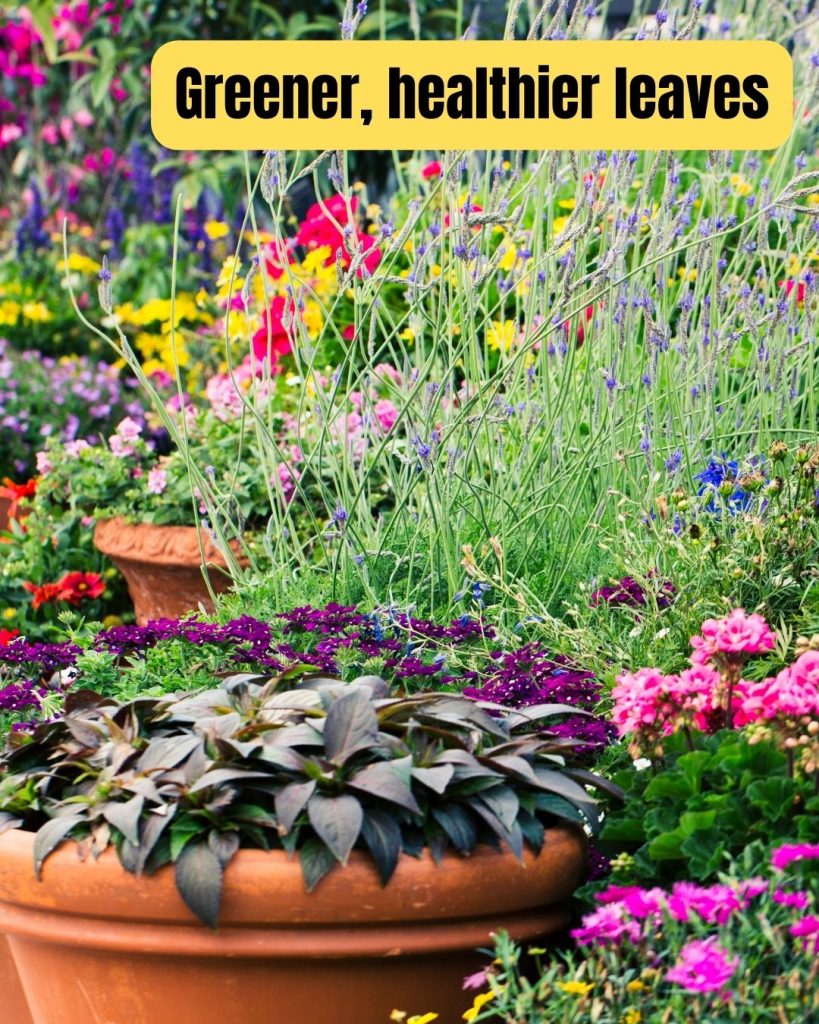
Chlorophyll gives leaves their rich green color and drives photosynthesis.
Magnesium is at the heart of every chlorophyll molecule, so adding Epsom salt builds greener, healthier leaves.
Stronger photosynthesis means plants can make more energy from sunlight.
That extra energy supports overall growth and resilience against stress.
How to Apply
- Broadcast 1 tablespoon around the base of leafy greens.
- Work it gently into the topsoil without disturbing roots.
- Water well to move nutrients into the root zone.
You’ll soon spot deeper green in lettuces, kale, and ornamentals alike.
5. Strengthens Root Development
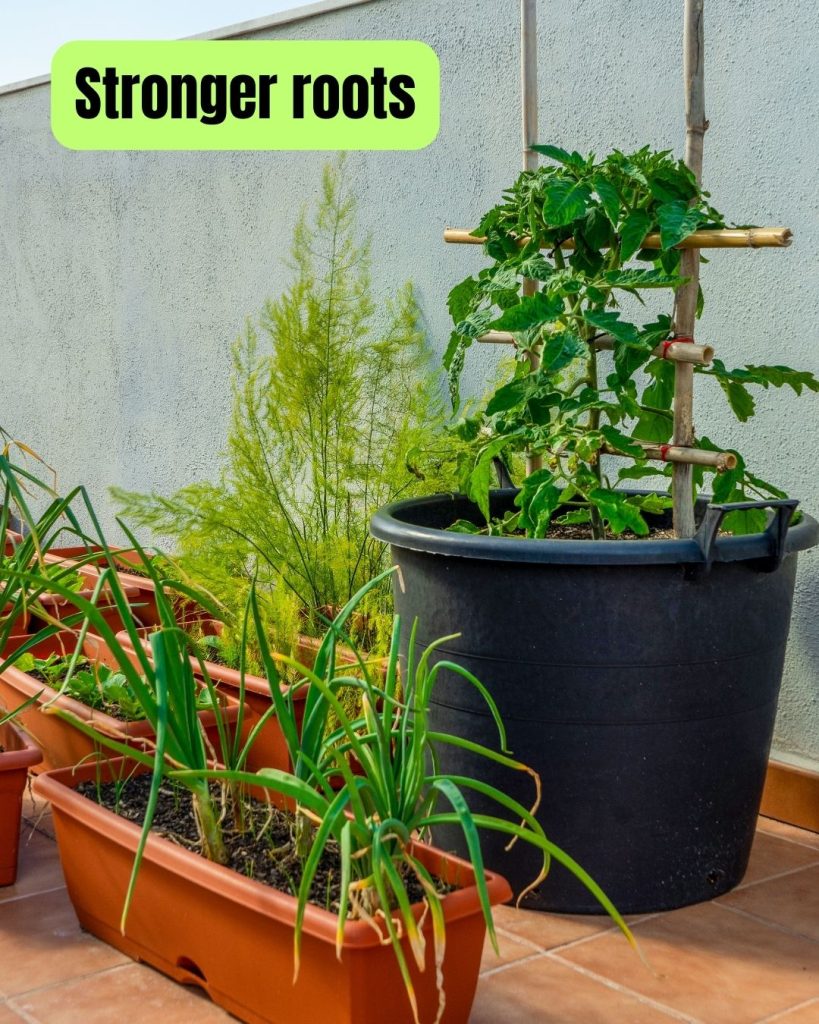
Healthy roots anchor plants and pull up water and nutrients more efficiently.
Magnesium encourages vigorous root growth, especially in new transplants.
Stronger root systems mean better drought tolerance and nutrient uptake.
Your garden will stand firm even during hot, dry spells.
How to Apply
- Stir 1 tablespoon of Epsom salt into transplanting water.
- Dip bare roots or plugs into the solution before planting.
- Water the new bed again after planting.
A robust root network helps young plants establish faster in tough soils.
6. Prevents Blossom End Rot in Tomatoes
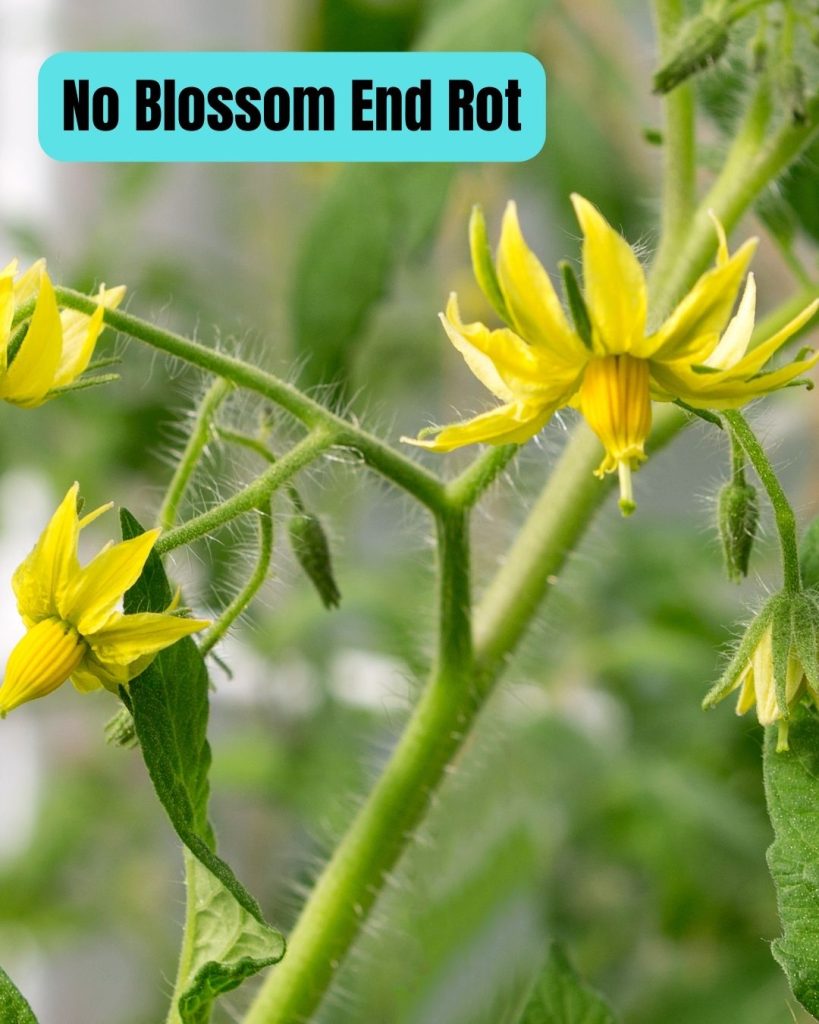
Blossom end rot is a calcium‑related disorder that shows up as sunken, black spots on the fruit bottom.
Epsom salt helps balance calcium uptake, reducing the risk of these unsightly spots.
By improving the plant’s nutrient flow, magnesium ensures calcium moves to developing fruits.
That means more perfect, unblemished tomatoes for your salads.
How to Apply
- Mix 1 teaspoon per quart of water.
- Apply as a foliar spray once fruits appear.
- Repeat every 10–14 days during fruit set.
Healthier fruits and fewer rotten spots mean a happier harvest.
7. Alleviates Magnesium Deficiency
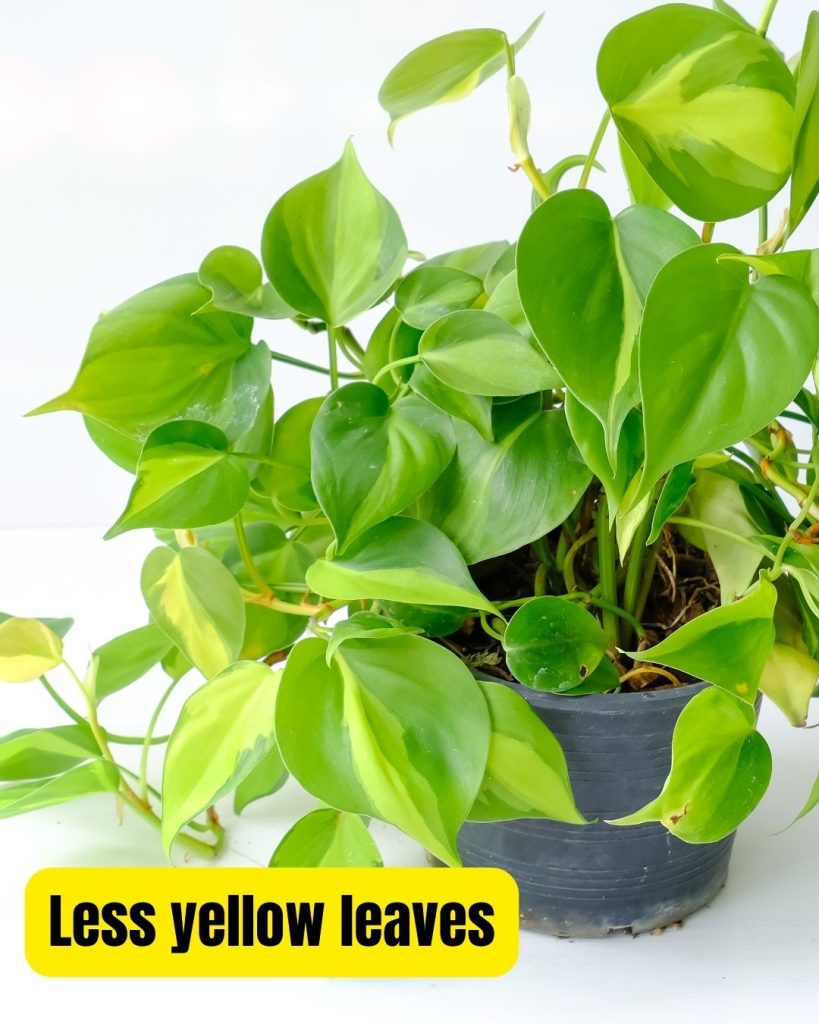
Yellowing leaf edges or interveinal chlorosis often signal magnesium deficiency.
Epsom salt offers a quick remedy by supplying readily available magnesium.
Correcting this deficiency restores leaf color and vigor. Plants return to strong growth without the stress of nutrient imbalance.
How to Apply
- Sprinkle 1 tablespoon around the drip line of affected plants.
- Water lightly to work it into the soil.
- Repeat monthly if symptoms persist.
Vibrant, even‐colored foliage is just a few applications away.
8. Deters Slugs, Snails, and Pests
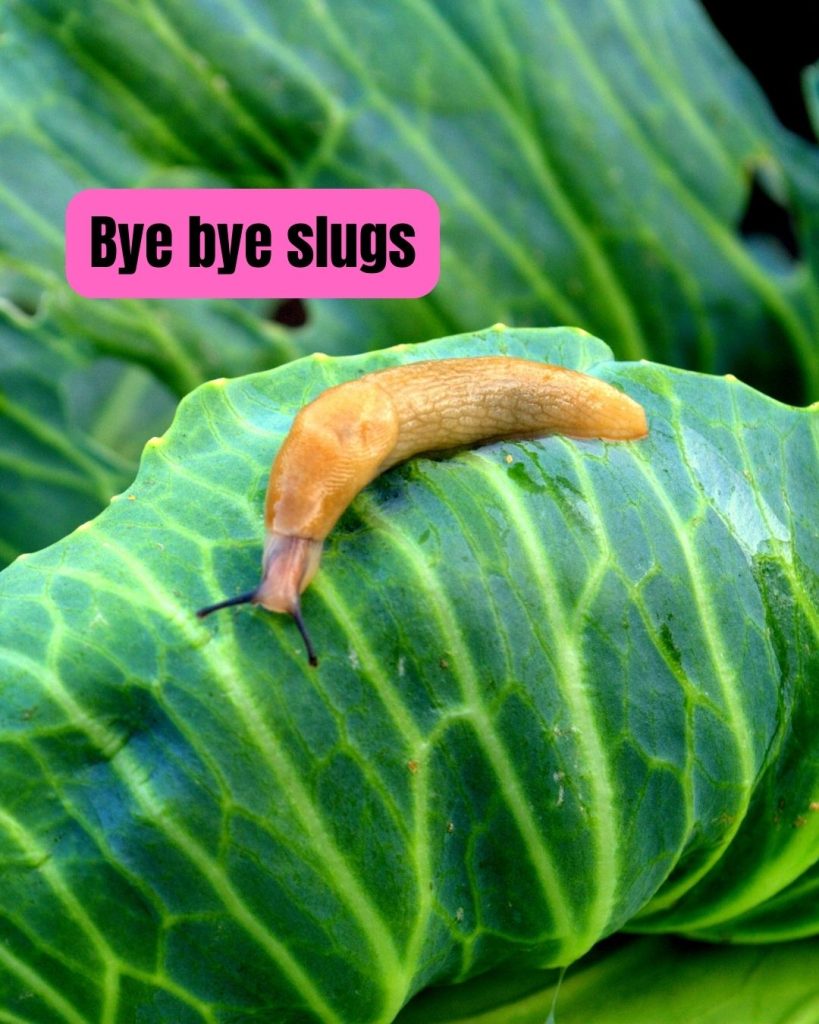
Epsom salt creates an unappealing barrier for soft-bodied pests like slugs and snails.
Their tender skin can’t handle the rough crystals, so they avoid treated areas.
This simple tactic cuts down on damage without harsh chemicals.
It’s a natural way to protect tender seedlings and low-growing plants.
How to Apply
- Spread a thin line of crystals around vulnerable beds.
- Reapply after rain or heavy watering.
- Combine with diatomaceous earth for extra protection.
Your young lettuces and herbs will thank you by staying intact.
9. Protects Against Transplant Shock
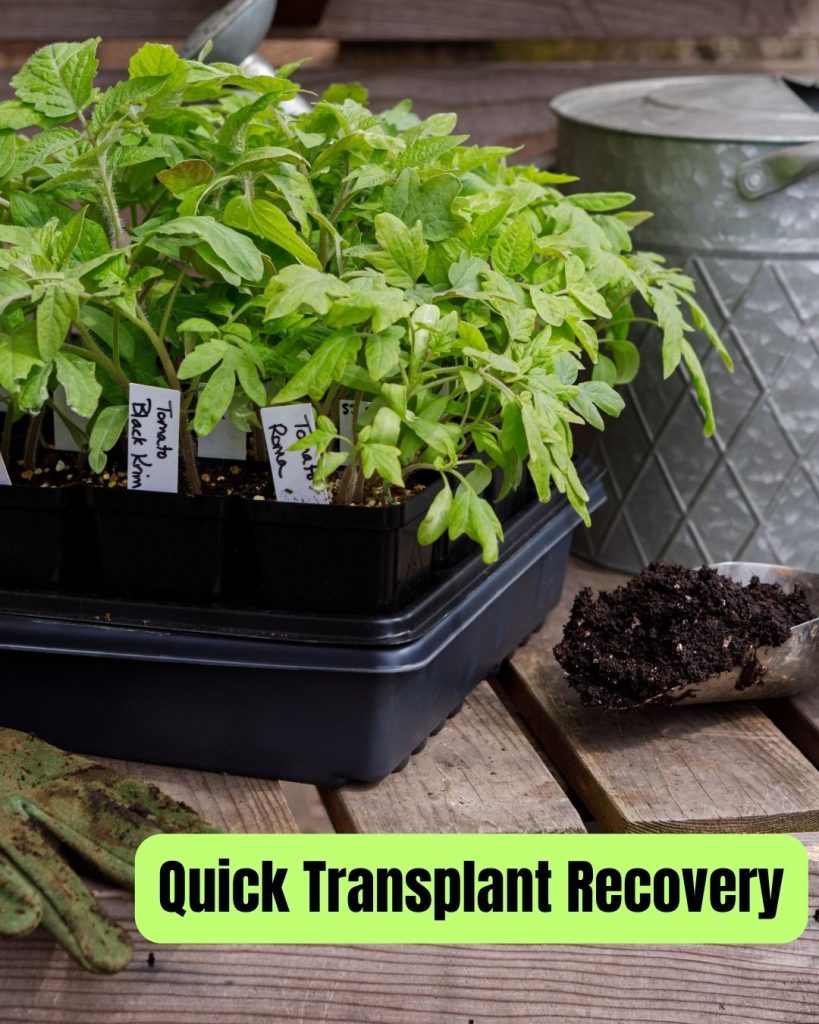
Transplanting can stress even the hardiest plants.
A light dosing of Epsom salt in transplant water soothes shock and encourages quick recovery.
Last spring, my marigolds bounced back within days after an Epsom salt dip.
The magnesium helps new roots develop faster, reducing wilting and leaf drop.
Transplants gain strength sooner and start producing foliage more quickly.
How to Apply
- Dissolve 1 tablespoon per gallon of water.
- Soak root balls for 15–20 minutes before planting.
- Water the bed with plain water afterward.
Fresher starts and less downtime mean plants get off to a flying start.
10. Acts as a Foliar Spray
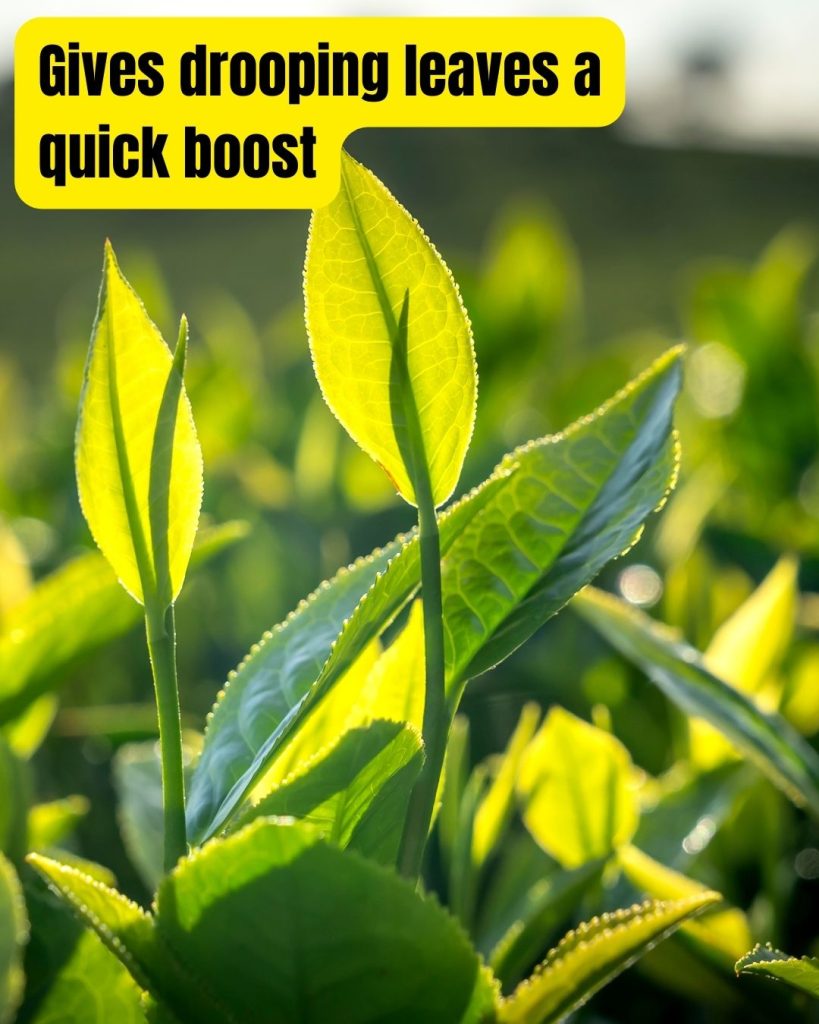
Foliar feeding delivers nutrients directly through the leaves.
Epsom salt makes an excellent foliar spray that’s gentle yet effective.
Plants absorb magnesium and sulfur through their stomata, giving them an immediate lift.
It’s perfect for periodic maintenance or a mid‑season boost.
How to Apply
- Mix 2 tablespoons of Epsom salt in a gallon of water.
- Spray evenly on leaves until runoff.
- Apply on cool, cloudy days to avoid leaf burn.
A quick mist can reinvigorate tired or heat‑stressed plants in just hours.
11. Stimulates Vitamin and Nutrient Content
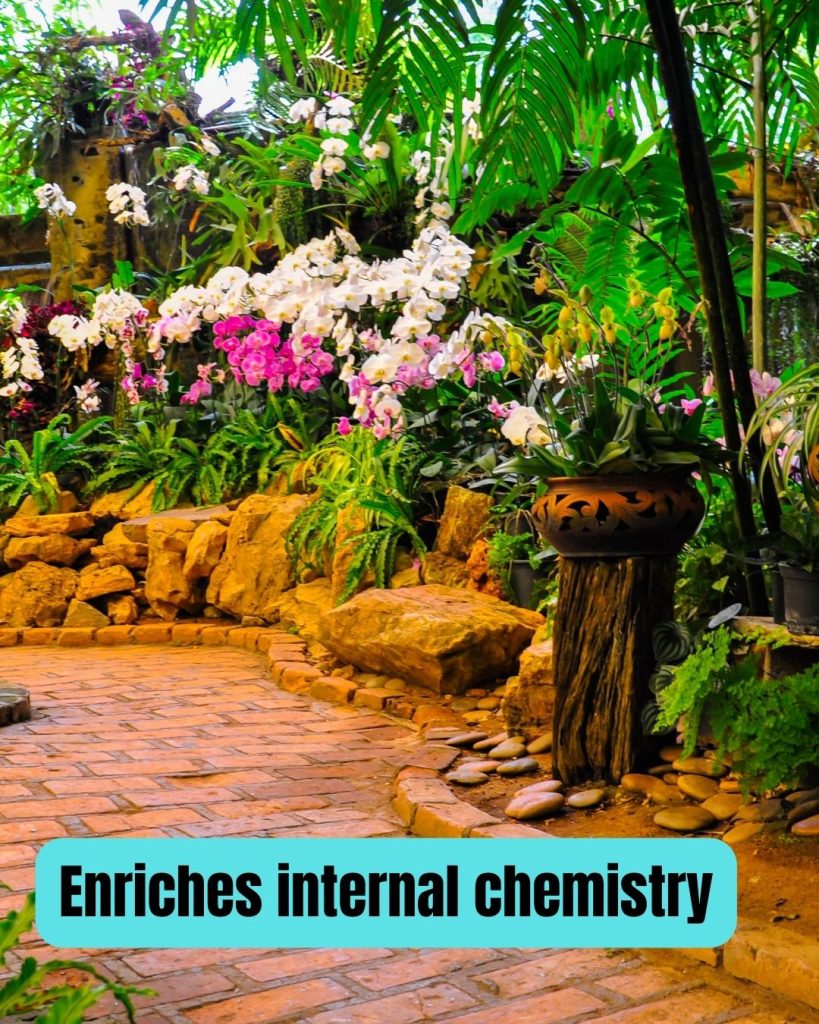
Research shows that magnesium and sulfur can increase the nutrient density of fruits and vegetables.
That means more vitamins C and B, plus better flavor.
By enriching the plant’s internal chemistry, Epsom salt helps deliver tastier, more nutritious harvests.
You’ll notice a flavor boost in everything from cucumbers to roses.
How to Apply
- Add 1 tablespoon per gallon of water to irrigation.
- Treat plants bi‑monthly during production.
- Combine with balanced fertilizers for best results.
Enjoy garden‑fresh produce that’s tastier and more nourishing.
12. Helps Acid‑Loving Plants Thrive
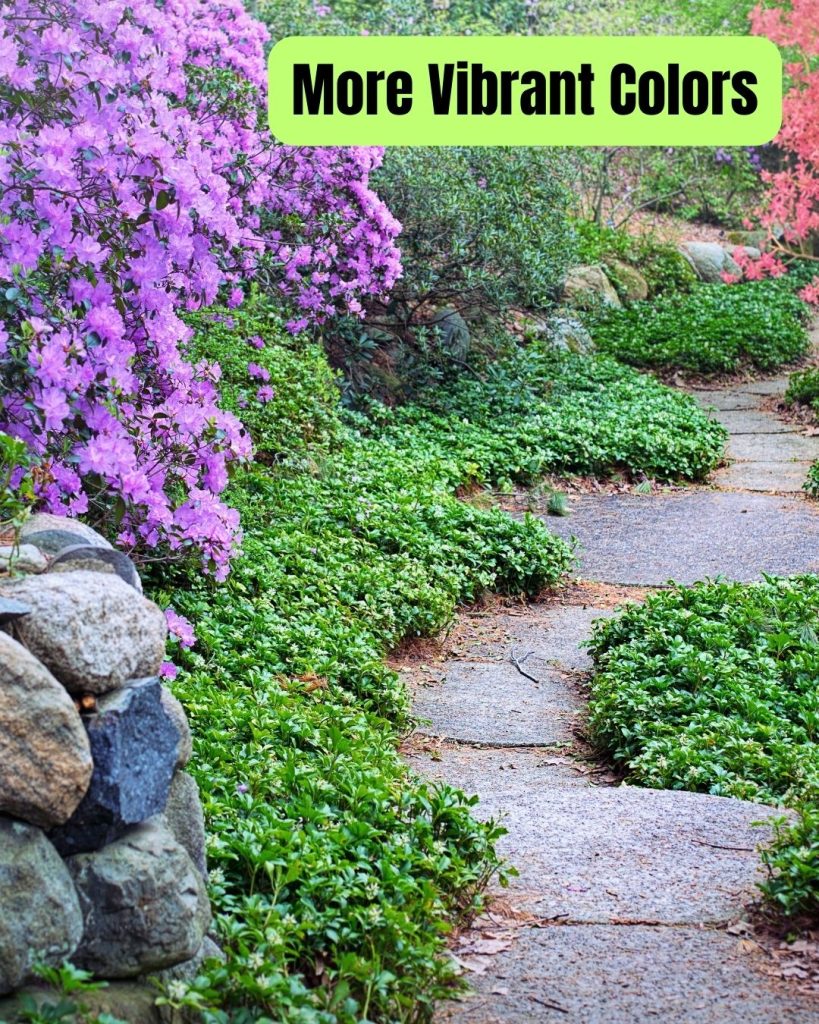
Plants like azaleas, blueberries, and gardenias crave magnesium for proper bloom and leaf color.
A sprinkle of Epsom salt can help them hit the sweet spot.
I’ve seen my hydrangeas shift from pale to vibrant blue after a summer of Epsom salt feeds.
The extra magnesium balances soil nutrients and encourages rich hues.
How to Apply
- Broadcast 1 tablespoon per square foot around acid‑loving shrubs.
- Water thoroughly to work nutrients into the root zone.
- Repeat every 4–6 weeks during the growing season.
Expect bigger blooms, deeper colors, and healthier foliage.
13. Improves Soil Structure and Drainage
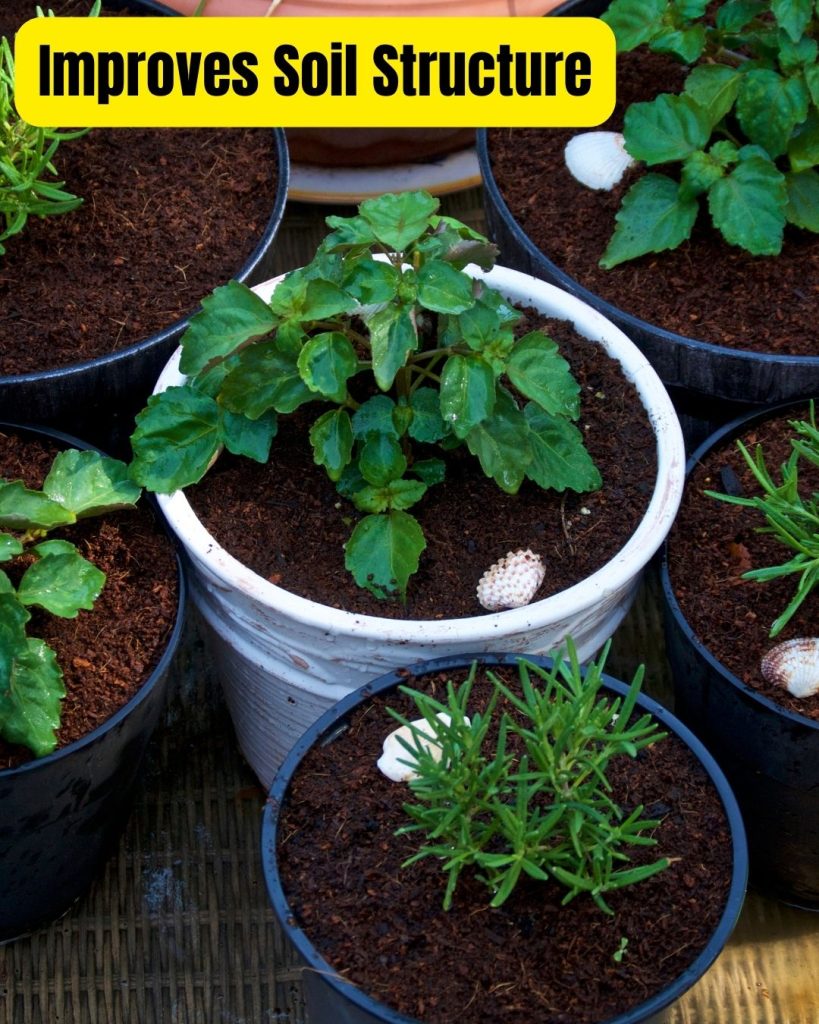
Sulfur in Epsom salt can help break up clay soils, improving drainage and aeration.
Better soil structure lets roots breathe and grow unimpeded.
Well‑drained soil reduces root rot and waterlogging. Your garden beds will drain more efficiently after a season of Epsom salt treatments.
How to Apply
- Mix 2 tablespoons into each square foot of clay soil.
- Work gently into the top 2–3 inches.
- Water in thoroughly to activate.
Loose, friable soil encourages deeper roots and stronger plants.
14. Fights Fungal Diseases
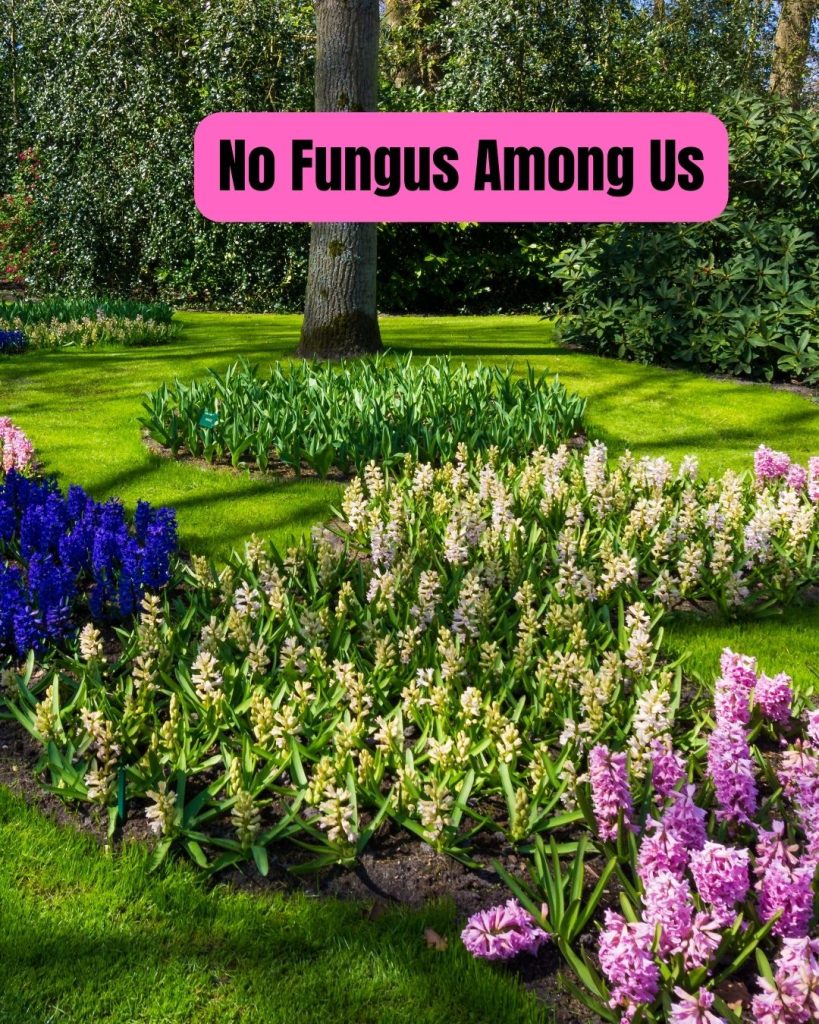
While Epsom salt isn’t a fungicide, healthier plants are better at resisting diseases like powdery mildew and black spot.
Strong stems and lush foliage dry faster, cutting down fungal growth.
Regular Epsom salt feeds boost overall plant vigor. Robust plants are naturally more resilient to common garden pathogens.
How to Apply
- Foliar spray 2 tablespoons per gallon of water every 3 weeks.
- Target both top and underside of leaves.
- Rinse off in 24 hours to avoid salt buildup.
Stronger defense means fewer chemical sprays and healthier plants overall.
15. Provides a Safe, Affordable Soil Amendment
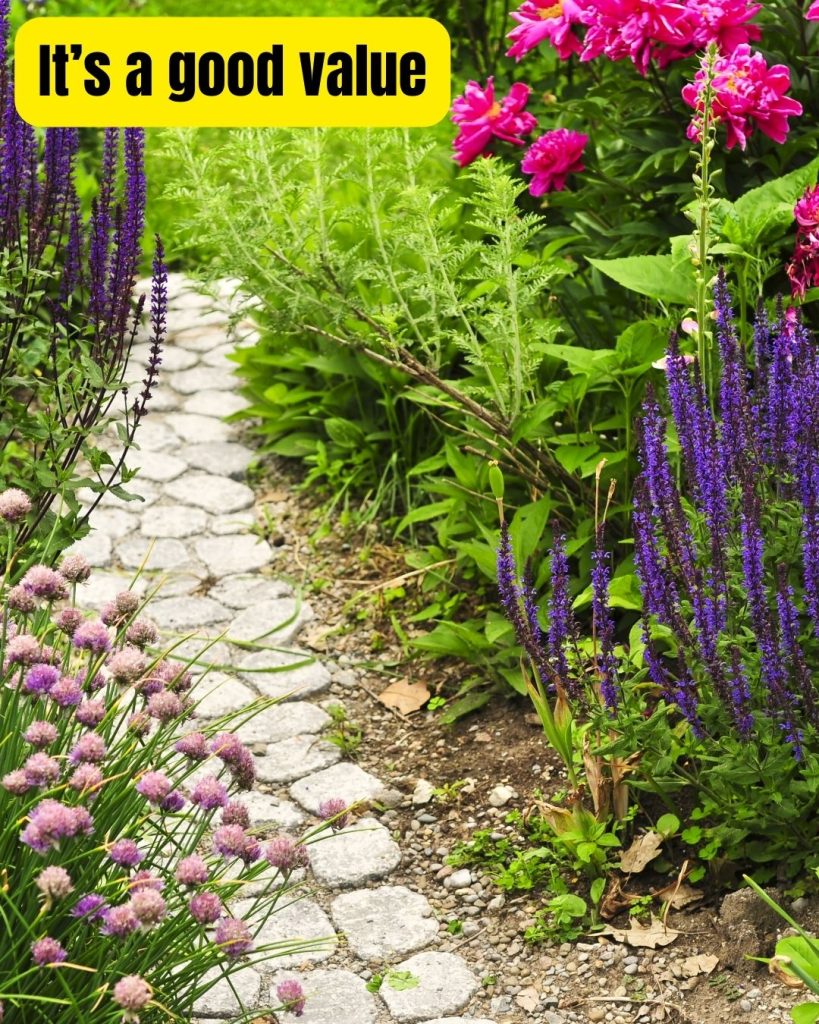
Epsom salt is non‑toxic, pet‑ and kid‑friendly, and cost‑effective. You can pick up a large bag for just a few dollars.
It dissolves easily and won’t upset beneficial soil microbes. For a small investment, you get dual‑benefit magnesium and sulfur at your fingertips.
How to Apply
- Use 1–2 tablespoons per plant or per square foot.
- Incorporate into ongoing watering or fertilizing routines.
- Store in a dry place to keep crystals fresh.
Economical and safe, Epsom salt is one of the easiest garden upgrades you can make.
Bonus: 5 Common Questions About Epsom Salt in the Garden
Q: Can I use Epsom salt on all plants?
Most vegetables, flowers, trees, and shrubs benefit from Epsom salt. Avoid using it on salt‑sensitive plants like some legumes and succulents.
Q: How often should I apply Epsom salt?
A monthly treatment is usually enough for most gardens. Over‑application can lead to salt buildup, so stick to recommended doses.
Q: Will Epsom salt change my soil pH?
No. Epsom salt dissolves into magnesium and sulfate ions without altering soil acidity. It plays nicely with pH‑adjusting amendments.
Q: What’s the best way to store Epsom salt?
Keep it in a sealed, dry container away from moisture. Proper storage prevents clumping and ensures consistent results.
Q: Can Epsom salt replace fertilizer?
No—while it supplies magnesium and sulfur, it doesn’t provide nitrogen, phosphorus, or potassium. Use it as a supplement, not a complete fertilizer.
Give Epsom salt a try this season and watch your garden reward you with healthier plants, bigger blooms, and tastier harvests.
Last update on 2025-06-06 / Affiliate links / Images from Amazon Product Advertising API


